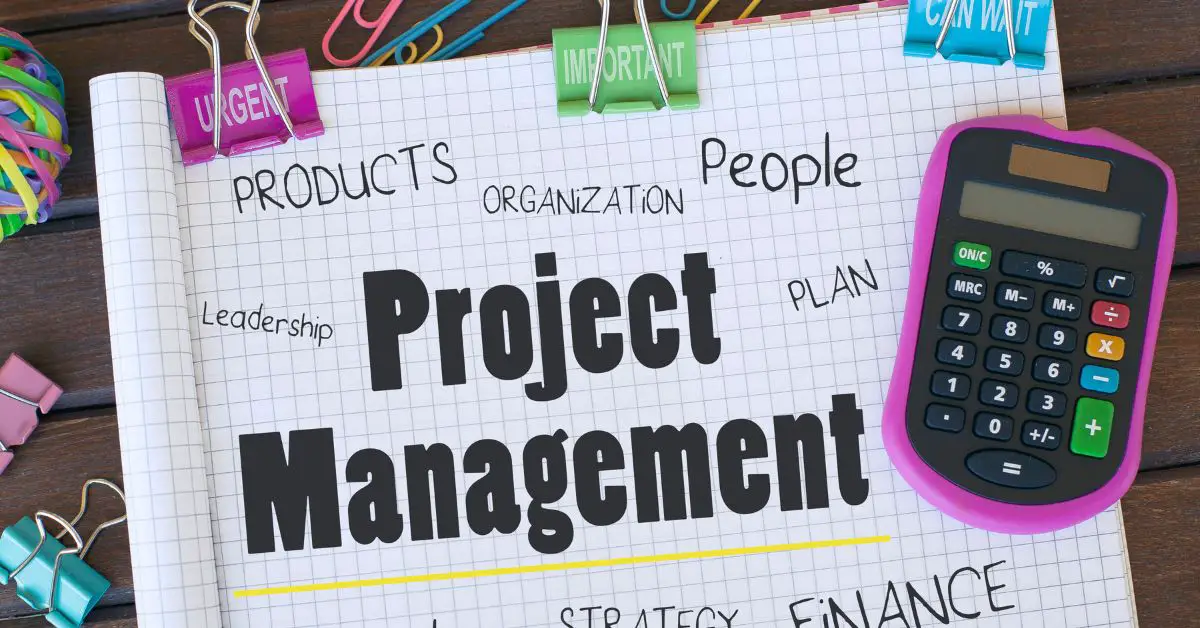A Guide to Project Management Software Development
- Define the project scope and objectives: Clearly define the project goals, deliverables, and timelines to ensure that everyone is on the same page.
- Create a project plan: Use project management software to create a detailed plan that includes tasks, deadlines, and resources needed.
- Assign roles and responsibilities: Clearly assign roles and responsibilities to team members to ensure that everyone knows their tasks and deadlines.
- Use version control: Use version control tools such as Git to track changes to your code and collaborate with team members.
- Use agile methodologies: Use agile development methodologies such as Scrum or Kanban to manage the project development process.
- Use a task management tool: Use a task management tool to track progress and keep team members accountable.
- Use a bug tracking system: Use a bug tracking system to identify, track and resolve issues that arise during development.
- Use a project management software: Use a project management software to manage project timelines, milestones, and budgets.
- Communicate effectively: Use communication tools such as Slack, Zoom, and email to keep team members informed and on the same page.
- Use a project dashboard: Use a project dashboard to visualize progress and provide real-time updates on the project status.
- Conduct regular meetings: Conduct regular meetings to review progress, identify and resolve issues, and make adjustments as needed.
- Use testing tools: Use testing tools to ensure that your code is working as expected and to identify and fix any bugs.
- Use a continuous integration tool: Use a continuous integration tool to automate the process of building, testing and deploying your code.
- Use a continuous deployment tool: Use a continuous deployment tool to automate the process of deploying your code to different environments.
- Use a collaboration tool: Use a collaboration tool such as Asana, Trello, or Jira to keep track of tasks and collaborate with team members.
- Use a documentation tool: Use a documentation tool such as Confluence or Google Docs to create and share technical documentation.
- Use a time tracking tool: Use a time tracking tool to track team member’s time spent on different tasks.
- Use a budget management tool: Use a budget management tool to track expenses, monitor budgets and forecast costs.
- Use a code review tool: Use a code review tool to review code changes and ensure that they meet quality standards.
- Use a performance monitoring tool: Use a performance monitoring tool to track the performance of your code in production and make improvements as needed.
- Use a security tool: Use a security tool to ensure that your code is secure and to identify and fix any vulnerabilities.
- Use a scaling tool: Use a scaling tool to scale your application as needed to handle increased traffic and usage.
- Use a performance optimization tool: Use a performance optimization tool to optimize the performance of your code and improve user experience.
- Use a monitoring tool: Use a monitoring tool to keep an eye on your application’s performance, uptime and availability.
- Use a reporting tool: Use a reporting tool to generate various reports on project progress, budget, timelines, etc.
- Use a collaboration tool: Use a collaboration tool to share and collaborate on documents, spreadsheets, and presentations.
- Use a project management tool: Use a project management tool to manage project timelines, milestones, and budgets.
- Use a project tracking tool: Use a project tracking tool to track progress, identify and resolve issues, and make adjustments as needed.
- Use a project management software: Use a project management software to manage project timelines, milestones, and budgets.
- Use a project management software: Use a project management software to manage project timelines, milestones, and budgets.

